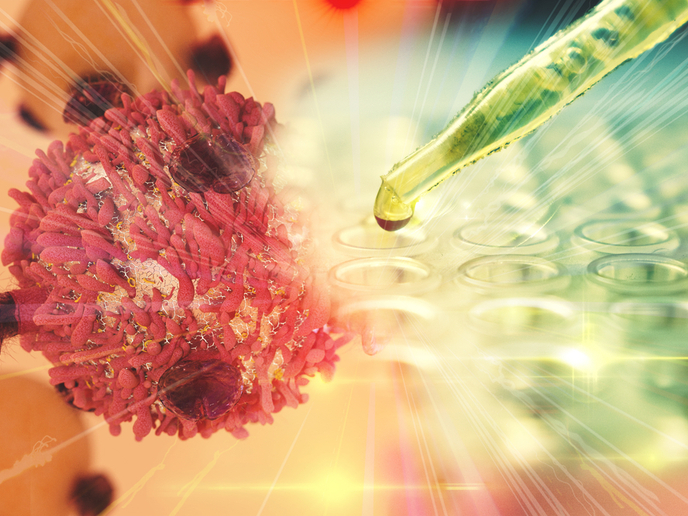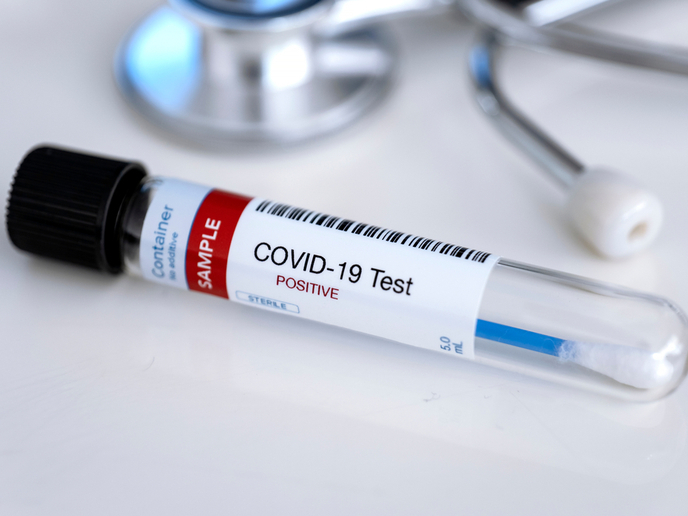Tracking from the farm to the fork
The tracing methods available for meat have not yet fully evolved, difficulties result in applying these methods consistently and in retaining their reliability and evaluating findings. The EID + DNA TRACING project which was financed by the European Commission, brought together a team of experts who undertook the task of developing electronic identification and molecular markers in order to improve upon existing methods of traceability of the meat we consume. In accordance with EU regulations, a double system based on electronic identification and DNA profiling was proposed. The main hurdle for the research team was to overcome the obstacles which limit the use of bolus and injected transponders. In order to do this a new reader was developed and tested. The study also focused on automatic data transfer from animal to meat and examined the recovery of the transponders in the abattoir. As part of the project, one team of experts built a logistic model which was used for the prediction of bolus retention rates in the fore-stomachs of ruminants. This was tested on cattle and sheep for which the bolus retention rate was predicted. It achieved a standard error mean of less than 2%. This was also tested on buffaloes; the rate was satisfactorily predicted by the model. From this research prototypes were produced and tested. New boluses were developed for the identification of cattle, buffaloes, sheep and goats. It was found that these prototypes did in fact overcome the main drawbacks of the boluses previously available, with their mid- to long-term retention rates greater than the standard ones previously available.







